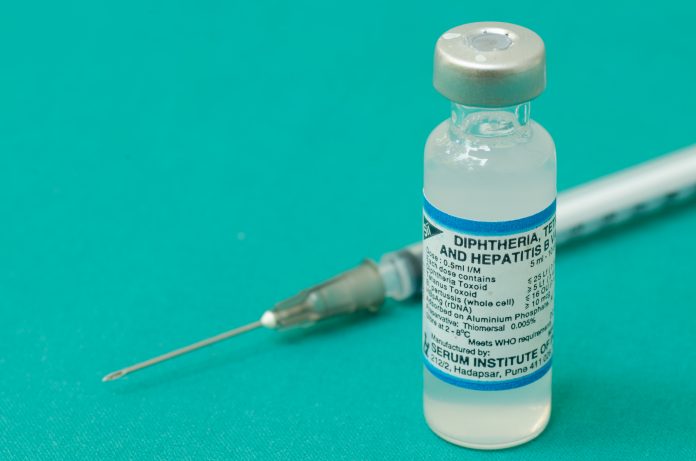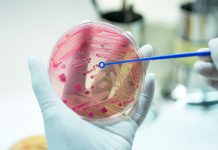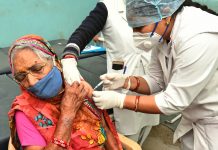There is a well-established diphtheria vaccine taken by millions of people, but researchers are now observing the disease evolving a resistance to antimicrobial treatment
In 2018, there were 16,651 reported cases of the highly-infectious and potentially fatal disease. This is over twice the average per year, in comparison to numbers of diphtheria cases that were documented between 1996-2017.
COVID-19 has also delayed vaccination schedules across the world.
This alarming rise in cases signals that something is different.
While three doses of the vaccine can protect a person for life, some populations in low to middle income countries are a mix of unvaccinated and partially-vaccinated – leading to tragic outbreaks that can empty a village or travel rapidly through a community.
Firstly, what is Diphtheria?
Diphtheria is a highly contagious infection that can affect the nose and throat, and sometimes the skin. It spreads in a similar way to COVID-19, in a respiratory transmission. If left untreated it can kill, especially those under the age of five and over the age of 40.
Erythromycin or penicillin is usually the route of treatment, when there has been no vaccination. The disease stops being contagious 48 hours after antimicrobial treatment begins. Diphtheria vaccination is given to all babies who are born in high-income countries, like the UK and Norway.
Genetic variation could change how effective the vaccine is
Professor Gordon Dougan from the Cambridge Institute of Therapeutic Immunology and Infectious Disease (CITIID) said: “The diphtheria vaccine is designed to neutralise the toxin, so any genetic variants that change the toxin’s structure could have an impact on how effective the vaccine is.
“While our data doesn’t suggest the currently used vaccine will be ineffective, the fact that we are seeing an ever-increasing diversity of tox variants suggests that the vaccine, and treatments that target the toxin, need to be appraised on a regular basis.”
The potential of antimicrobial treatments is at risk
Over half of reported Diphtheria cases in 2018 happened in India, where researchers extracted genomics to create a map of infections and understand how these infections are changing.
The researchers created a genetic ‘family tree’ from the genomes of 61 bacteria isolated from patients and combining these with 441 publicly available genomes. They also used this source to examine any antimicrobial resistance (AMR) genes and assess toxin variation.
The researchers found that Diphtheria had been established in humanity for over half a century, becoming a global problem due to the natural migration of populations. They found the most similarities in genome between Asia and Europe.
They also found that the number of AMR genes per genome was increasing each decade.
the number of AMR genes per genome was increasing each decade.
Genomes of bacteria in most recent decade, the 2010s, showed almost four times as many antimicrobial resistant genes than in the 1990s.
Robert Will, a PhD student at CITIID and the study’s first author, said: “The C. diphtheriae genome is complex and incredibly diverse. It’s acquiring resistance to antibiotics that are not even clinically used in the treatment of diphtheria. There must be other factors at play, such as asymptomatic infection and exposure to a plethora of antibiotics meant for treating other diseases.”
‘Bacterial genomes are acquiring resistance’
Dr Pankaj Bhatnagar from the World Health Organization country office for India said: “AMR has rarely been considered as a major problem in the treatment of diphtheria, but in some parts of the world, the bacterial genomes are acquiring resistance to numerous classes of antibiotics. There are likely to be a number of reasons to this, including exposure of the bacteria to antibiotics in their environment or in asymptomatic patients being treated against other infections.”
This means that vaccines must be constantly adapted as the disease itself transforms, not unlike how COVID-19 vaccines are being changed to handle new mutations. Since diphtheria spreads in a similar way, scientists are especially concerned that their early warning is heard by policymakers and Governments across the world.
Dr Ankur Mutreja from CITIID, who led the study, said: “We mustn’t take our eye off the ball with diphtheria, otherwise we risk it becoming a major global threat again, potentially in a modified, better adapted, form.”
Editor's Recommended Articles
-
Must Read >> Antibiotics provide no benefit to COVID-19 patients















